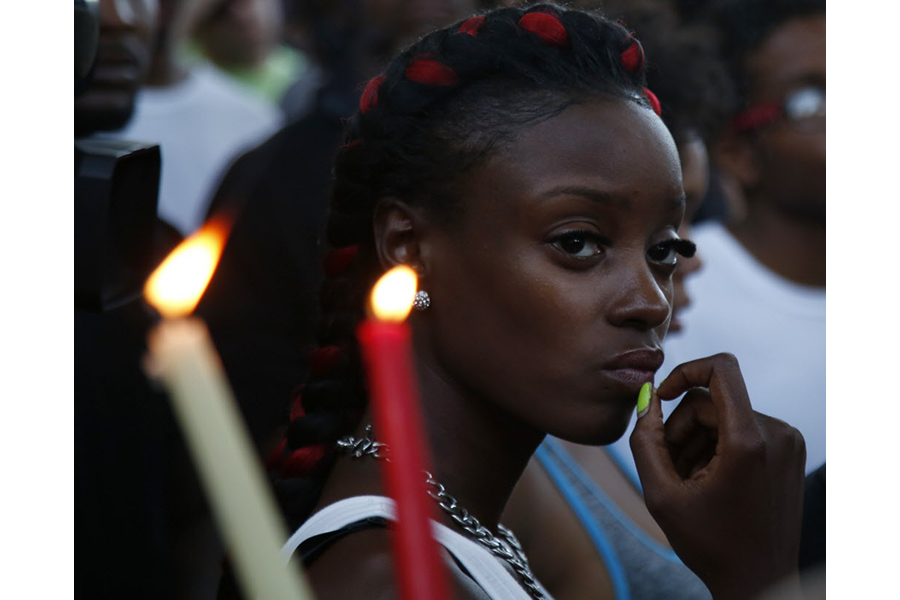Latest police shooting hits hard in Milwaukee’s black community
Loading...
In a scene reminiscent of both Baltimore and Ferguson, Mo., rioting erupted in Milwaukee’s north side following the fatal police shooting of 23-year-old Sylville Smith, causing the city’s mayor to impose a 10pm curfew Monday night, while police donned riot gear and the Wisconsin National Guard remains on standby.
While the riots were superficially sparked by yet another killing of a black man by police officers, they highlight another deep-seated issue facing Wisconsin’s largest city – a consistent and long-standing sense of disenfranchisement felt by Milwaukee’s inner city black population. Yet there is a major difference between the killing of Sylville Smith and the 2014 shooting of Michael Brown in Ferguson, Mo., or the death of Eric Garner in Brooklyn that same year, in that Smith was killed by a black police officer with a similar upbringing as himself. Smith’s sister stated in an interview that the two men went to high school together.
Motivated by more than simply a distrust of or hatred for police officers, the recent riots have exposed the fuse to Milwaukee’s racial powder keg.
A study published by the website 24/7 Wall Street, showed that Milwaukee was declared the worst city for black Americans. From an educational standpoint, a 2015 study from UCLA showed that throughout Wisconsin black high school students are suspended at the highest rate in the United States. Wisconsin also has the highest achievement gap between black and white students in the country and has the lowest level of reading comprehension among black fourth graders. And Milwaukee, having the highest number of black students, is the greatest contributor to those statistics.
According to NPR, Wisconsin also incarcerates black men at the highest rate in the country, while within Milwaukee county more than 50 percent of the black men in their 30s or 40s have done time in prison in some manner or another.
Wisconsin State Representative David Bowen told CNN that, “these young people don’t have much, and they’re treated like they don’t have much. We have written them off.”
While some members of the black community have chosen to focus on the shooting itself, directing menacing language and death threats at the officer involved, others are choosing to use the situation to highlight the problems that have plagued the city for generations.
In a midnight press conference mere hours after the shooting, Alderman Khalif Rainey asked, “do we continue – continue with the inequities, the injustice, the unemployment the under-education that creates these byproducts that we see this evening?” He added that, “no one can deny that there are problems, racial problems, here in Milwaukee.”
Throughout the United States police-related killings of black men by police officers of any race have brought about anger and resentment against systematic racism. However, suggest some observers, the recent events in Milwaukee have highlighted a particularly disparate situation among that city's inner population.
Shaun King, writing for New York's Daily News, quoted the words of Martin Luther King, Jr., who called a riot "the language of the unheard." King went on to reference a piece Milwaukee resident Kenya Downs wrote for NPR in 2015, asking "Why is Milwaukee so bad for black people?" In answering the question, King says, Down shows that "virtually metric imaginable – from education, to economics, to incarceration, to home ownership, and everything in between make Milwaukee a place of deep pain and misery for so many African-Americans."





